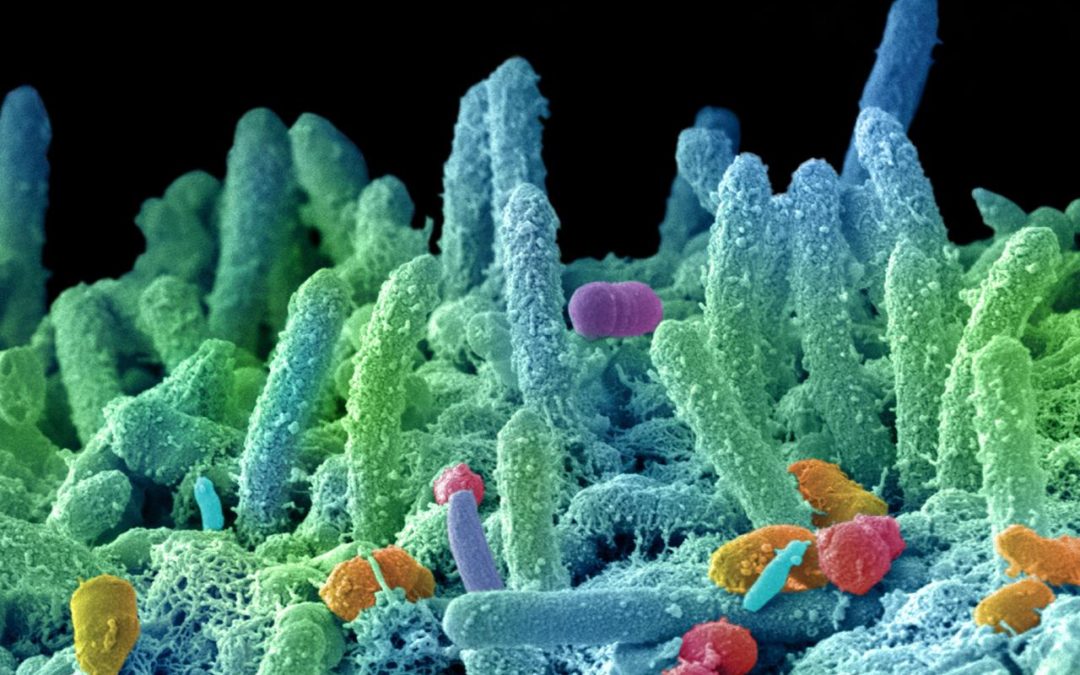We now talk about antibacterial and antibiotics with a certain frequency. No less we hear about antibacterial materials, but are we really sure we know what an antibacterial is? Antibacterial is – by definition – a substance that kills bacteria or prevents their development, but the differences with antibiotics are remarkable, although these two terms are mostly used as synonyms. Before we see what antibacterial materials are on the market and what they are used for, let’s have a brief focus.
Antibacterial, definition
The antibacterial, as we said, is a substance that kills bacteria or prevents their development. Antibacterial drugs, therefore, are capable of inhibiting the life or proliferation of such organisms. They are divided into local, environmental and general antibacterial drugs. The latter tend to act in a toxic way in a selective way, thus without causing harmful effects on the host organism.
Antibacterial materials
To understand what antibacterial materials are and what they are used for, we need to define antibacterial action. This happens in two ways: limited in time or continuous in time. They have a limited action in time all those materials that kill bacteria at a specific time without intervening on the bacteria that settle later, belong to this category hygiene products and disinfectants.
The action of the continuous antibacterial, instead, is the ability of these materials to kill or degrade the bacteria in a prolonged and constant way over time, therefore not only for a single moment.
Returning to the materials, these can be divided according to their operational and technical mode. For each group there are specific modes and specific technologies able to activate their antibacterial properties. The three most significant are copper, silver ions, titanium dioxide.
All three of these groups of materials have a bacteriostatic and non bactericidal antibacterial action. As for the use of these materials, today they are widely used in research laboratories, hospitals, private homes and schools.

